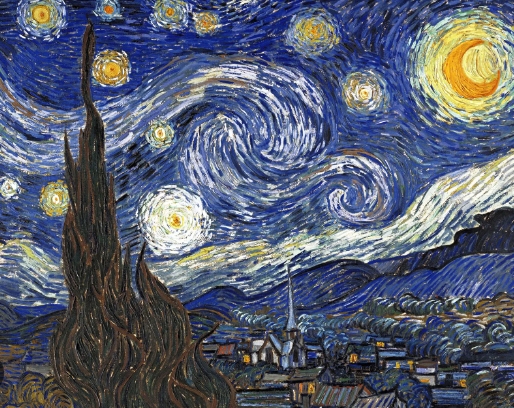Vincent van Gogh’s ‘The Starry Night’ is a masterpiece that continues to captivate audiences around the world. The painting, created in 1889, is one of the most famous works of art in the world.
Inspiration and Creation
Van Gogh painted ‘The Starry Night’ during his time at the Saint-Remy-de-Provence asylum in France. The work was inspired by the view from his window, which overlooked a small village and the rolling landscape beyond.
The painting features swirling, vividly colored skies and a luminous crescent moon. The village below is depicted as a cluster of buildings with glowing windows, nestled amongst dark, cypress trees.
Symbolism and Meaning
‘The Starry Night’ is imbued with symbolic meaning, reflecting Van Gogh’s inner turmoil and struggles with mental illness. The swirling skies and vivid colors convey a sense of movement and emotion, capturing the artist’s turbulent state of mind.
The dark, cypress trees in the foreground are thought to represent death and mourning, while the bright stars and glowing moon symbolize hope and transcendence. The contrast between light and dark in the painting reflects Van Gogh’s own internal struggles and search for meaning.
Legacy and Influence
Despite its initial mixed reception, ‘The Starry Night’ has since become one of the most iconic works in art history. The painting has been the subject of countless interpretations and analyses, with critics and art historians praising its emotional depth and powerful imagery.
Today, ‘The Starry Night’ is housed in the Museum of Modern Art in New York City, where it continues to inspire and captivate visitors from around the world. Van Gogh’s masterpiece serves as a testament to the enduring power of art to convey emotion, express innermost thoughts, and transcend time and space.


